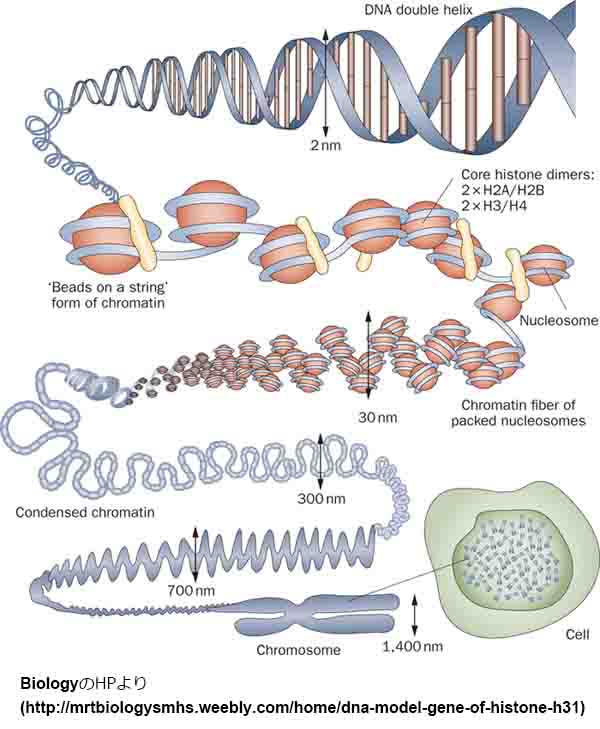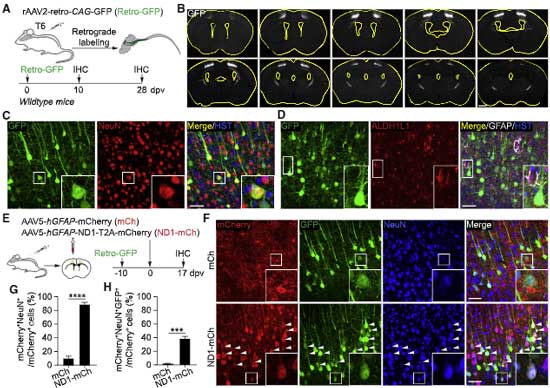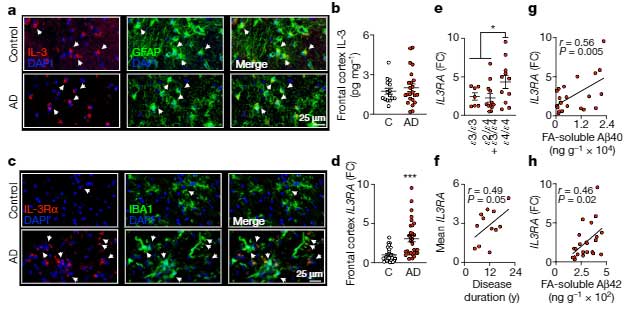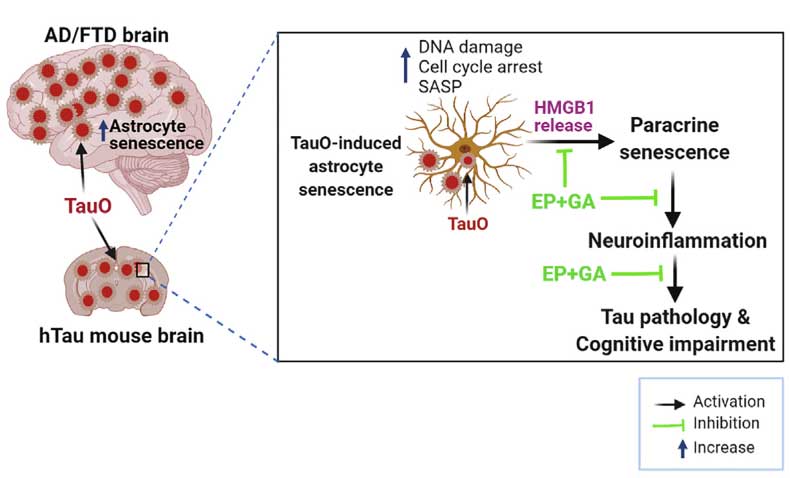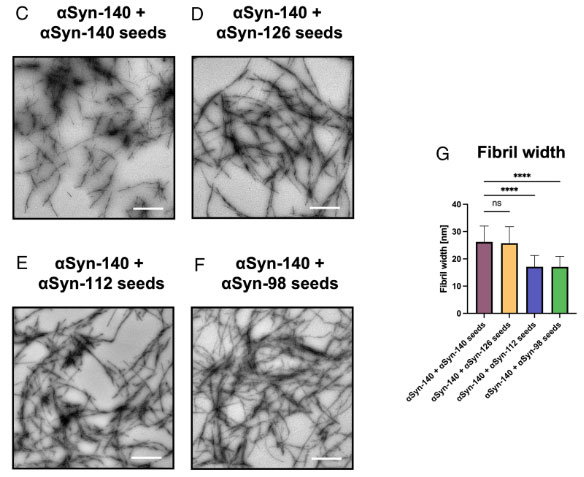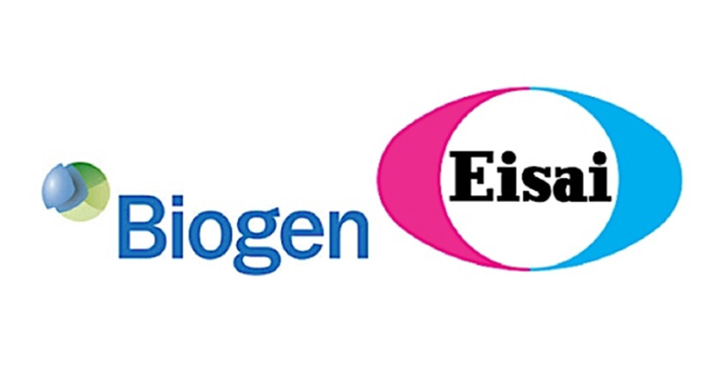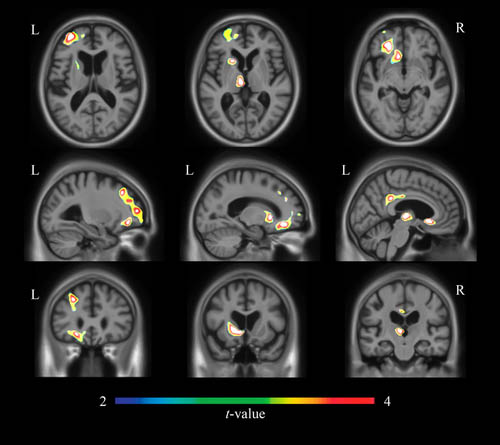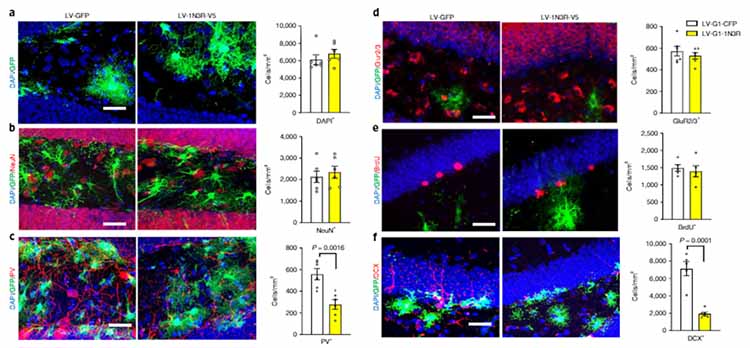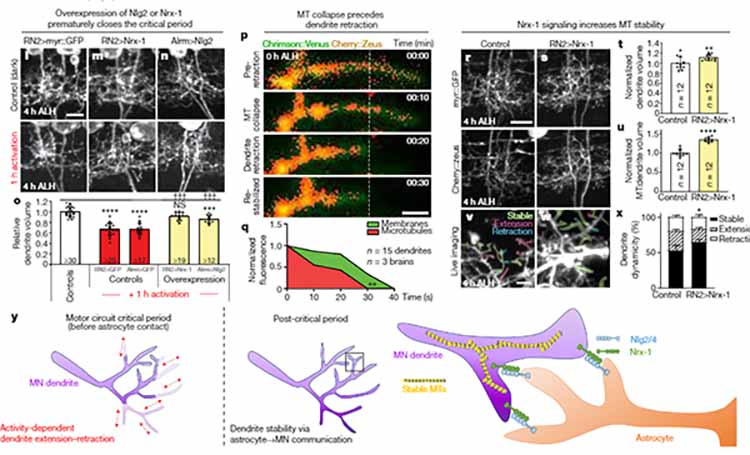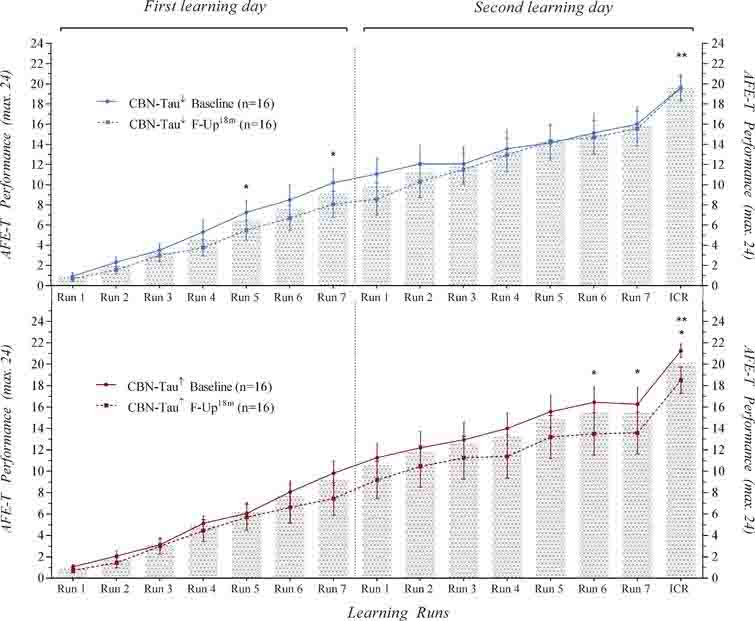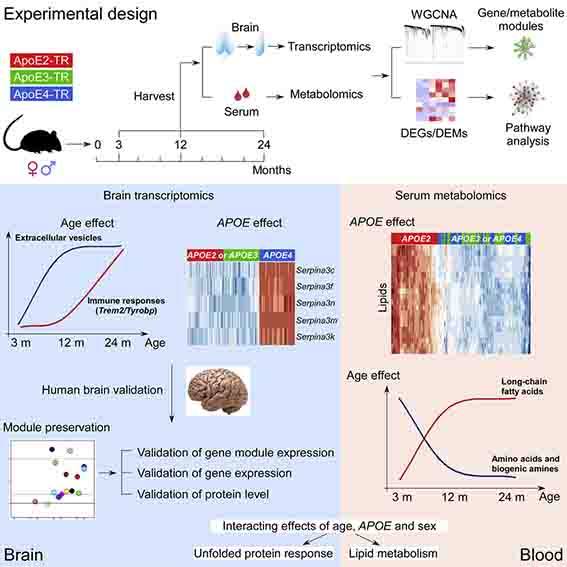
米メイヨークリニックのZhao, Buらのグループは、ADのリスク因子である、加齢、APOEジェノタイプ、性別について、Morecular pathwayの変化を調べた。

彼らは、human apoE2-/apoE3/apoE4マウス × young (3mo)/middle (12mo)/old (3mo) × オス/メス の群に分け、脳組織のトランスクリプトーム解析、血漿のメタボローム解析を行った。
その結果、加齢はTrem2やTyrobp等、免疫系のパスウェイが最も動いていた。
APOEジェノタイプ別にみると、Serpina3nのmRNAおよびタンパクの発現がAPOE4マウスの脳内で最も高かった。
ヒトの前頭前野および側頭葉のサンプルでも、コントロールに比べてAD患者でSERPINA3の発現が高くなっていた。
血漿中のメタボローム解析の結果、APOE2マウスのメタボリックパスウェイがE3, E4に比べてもっとも変動しており、脂質代謝が亢進していた。また、メスの方がオスよりも発現量が低かった。
Evidence suggests interplay among the three major risk factors for Alzheimer's disease (AD): age, APOE genotype, and sex. Here, we present comprehensive datasets and analyses of brain transcriptomes and blood metabolomes from human apoE2-, apoE3-, and apoE4-targeted replacement mice across young, middle, and old ages with both sexes. We found that age had the greatest impact on brain transcriptomes highlighted by an immune module led by Trem2 and Tyrobp, whereas APOE4 was associated with upregulation of multiple Serpina3 genes.

